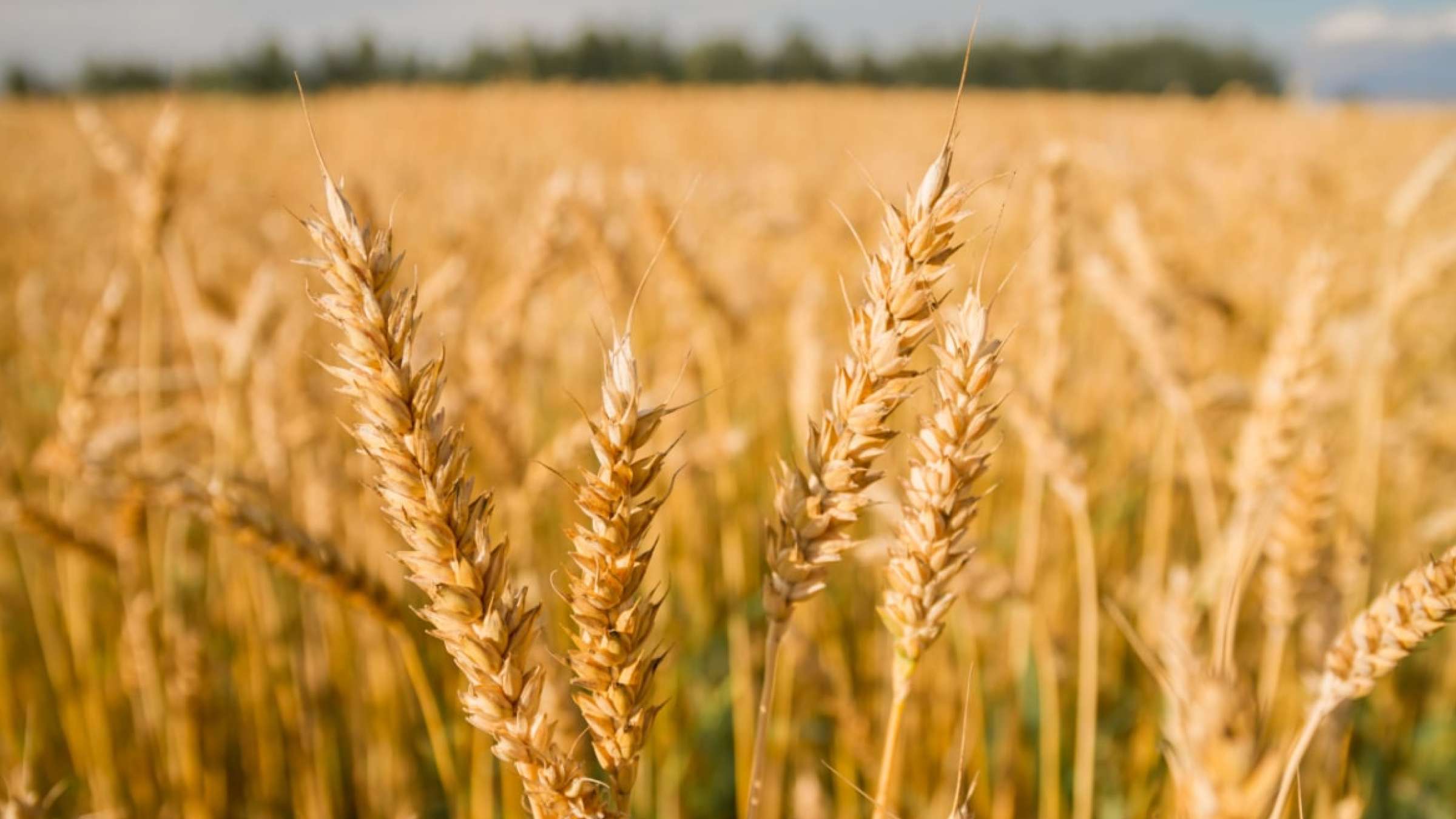Farming is an integral part of the Australian way of life. Beginning in the 19th century, Australian farmers were able to produce enough agricultural products to sustain the growing colony. The introduction of the railways and better roads in the early 20th century allowed Australia to take its place as a major international exporter of crops, in particular wheat which remains a staple of the nation’s agriculture to this day.
The Australian agricultural industry involves over 400,000 people. That number includes farmers as well as the manufacturers who support the process by producing necessary tools like the robust tyres for agricultural machinery that allow the tractors and harvesters to do their vital work across the vast swaths of farmland. Although there are a variety of crops grown down under such as barley, maize, and rice, the king of crops is wheat.
The then brand new Botanic Gardens in Sydney were the site of the first ever crop of Australian wheat, which was sown soon after the colonist’s disembarkment in January of the year 1788. The famed First Fleet carried a few different types of grain aboard, along with other useful plants, since no one yet knew what crops could be successfully grown on the new continent. The Botanic Gardens were founded as a place to experimentally produce these non-native grains. Unfortunately, the early harvests did not do well because of the nutrient-poor soil, difficult to eradicate native plants, unpredictable weather, and the basic lack of farming skills among the convicts that comprised the new colony. During those first difficult years, the colony came very close to starving!
That tragedy was avoided thanks to the presence of one James Ruse, a convict who originally came from an agricultural background with real, hands-on farming experience. When his sentence had been served he asked for a grant of land from Governor Phillip who bequeathed him with 30 acres at Rose Hill near Parramatta on which he grew wheat. Ruse’s efforts were a success, the colony was saved, and he came to be revered as the father of the Australian wheat industry.
From that time on wheat was the most important crop in Australia. The amount of land under cultivation greatly increased in the mid-19th century as new modes of transportation opened up the vast inland. The nation produced so much wheat that it could begin exporting it in 1845. In the early 20th century, William Farrer experimented with new wheat varieties that produced rust and pest-resistant, heartier crops. His efforts along with advancements in farming mechanization cemented wheat’s standing as Australia’s most important crop.
In 1939 the Australian Wheat Board was established which boosted the industry. To this day the AWB is the only bulk exporter of Australian wheat to international markets. The Australian Department of Agriculture, Fisheries and Forestry has more information on wheat farming in the country. Wheat currently earns more than 4 billion dollars in annual export revenue and is the nation’s biggest source for agricultural employment. In Australia, wheat is truly the king of all crops!
